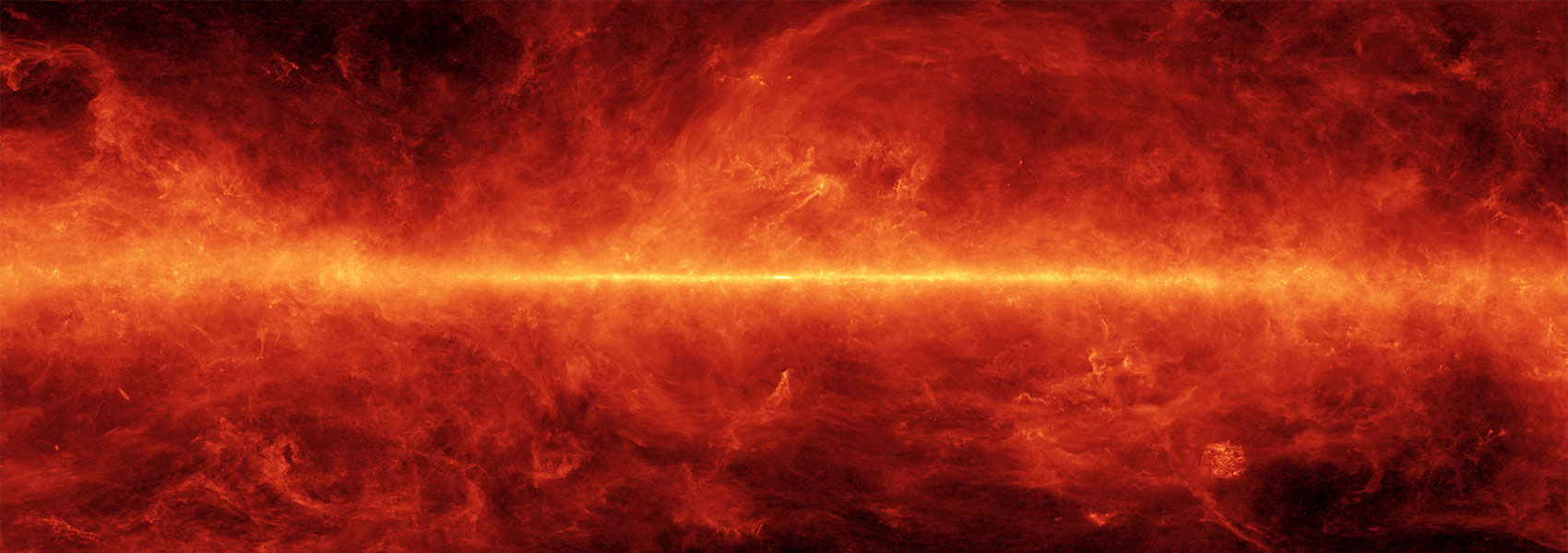March
2023
•
2023AJ....165..121H
Authors
•
Heitzmann, Alexis
•
Zhou, George
•
Quinn, Samuel N.
•
Huang, Chelsea X.
•
Dong, Jiayin
•
Bouma, L. G.
•
Dawson, Rebekah I.
•
Marsden, Stephen C.
•
Wright, Duncan
•
Petit, Pascal
•
Collins, Karen A.
•
Barkaoui, Khalid
•
Wittenmyer, Robert A.
•
Gillen, Edward
•
Brahm, Rafael
•
Hobson, Melissa
•
Hellier, Coel
•
Ziegler, Carl
•
Briceño, César
•
Law, Nicholas
•
Mann, Andrew W.
•
Howell, Steve B.
•
Gnilka, Crystal L.
•
Littlefield, Colin
•
Latham, David W.
•
Lissauer, Jack J.
•
Newton, Elisabeth R.
•
Krolikowski, Daniel M.
•
Kerr, Ronan
•
Rampalli, Rayna
•
Douglas, Stephanie T.
•
Eisner, Nora L.
•
Guedj, Nathalie
•
Sun, Guoyou
•
Smit, Martin
•
Huten, Marc
•
Eschweiler, Thorsten
•
Abe, Lyu
•
Guillot, Tristan
•
Ricker, George
•
Vanderspek, Roland
•
Seager, Sara
•
Jenkins, Jon M.
•
Ting, Eric B.
•
Winn, Joshua N.
•
Ciardi, David R.
•
Vanderburg, Andrew M.
•
Burke, Christopher J.
•
Rodriguez, David R.
•
Daylan, Tansu
Abstract
•
We report the discovery of TOI-4562b (TIC-349576261), a Jovian planet orbiting a young F7V-type star, younger than the Praesepe/Hyades clusters (<700 Myr). This planet stands out because of its unusually long orbital period for transiting planets with known masses (P orb = 225.11781 ${}_{-0.00022}^{+0.00025}$ days) and because it has a substantial eccentricity (e = 0.76 ${}_{-0.02}^{+0.02}$ ). The location of TOI-4562 near the southern continuous viewing zone of TESS allowed observations throughout 25 sectors, enabling an unambiguous period measurement from TESS alone. Alongside the four available TESS transits, we performed follow-up photometry using the South African Astronomical Observatory node of the Las Cumbres Observatory and spectroscopy with the CHIRON spectrograph on the 1.5 m SMARTS telescope. We measure a radius of ${1.118}_{+0.013}^{-0.014}$ R J and a mass of 2.30 ${}_{-0.47}^{+0.48}$ M J for TOI-4562b. The radius of the planet is consistent with contraction models describing the early evolution of the size of giant planets. We detect tentative transit timing variations at the ~20 minutes level from five transit events, favoring the presence of a companion that could explain the dynamical history of this system if confirmed by future follow-up observations. With its current orbital configuration, tidal timescales are too long for TOI-4562b to become a hot Jupiter via high-eccentricity migration though it is not excluded that interactions with the possible companion could modify TOI-4562b's eccentricity and trigger circularization. The characterization of more such young systems is essential to set constraints on models describing giant-planet evolution.
Links




